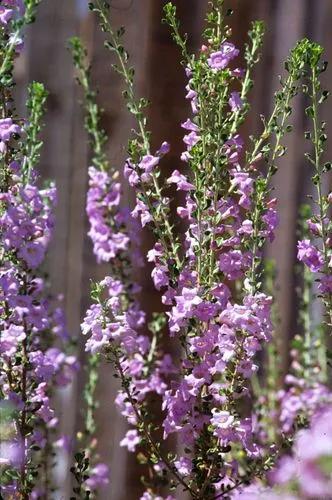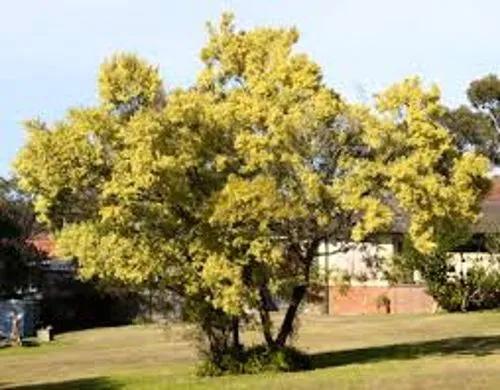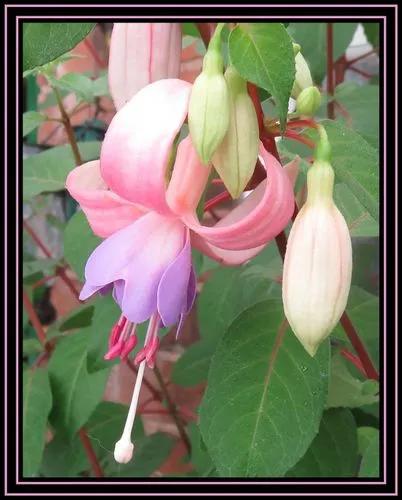Bay Laurels are beautiful plants that can be grown indoors or outdoors. The tree is popularly grown for its flavorful leaves, but it is also a beautiful ornamental plant that will add character and a delicious aromatic scent.
Bay Laurel Care
Laurus nobilis



The Laurus nobilis, commonly known as Bay Laurel or Sweet Bay, is native to the Mediterranean region of Europe. Here, it is a vigorous grower and has been loved and used by the locals. The Bay Laurel is an evergreen tree with long, pointy leaves with a leathery texture. These leaves are what the plant is well-known for: their flavor and aroma. The tree can reach up to 59 feet (18 meters) in their natural habitat, although homegrown trees are usually kept smaller, around 12 feet (3 meters). Through pruning, you can keep the tree in your desired shape and size.
How to Care for the Plant

Water

The soil of your Bay Laurel should be slightly moist at all times but never soggy. We recommend watering when the top few inches (5 cm) of soil feel dry. Take note that during the winter months, your Bay Laurel needs less frequent watering. Check the soil before watering, and do not water if it still feels moist!

Pruning

The best time to prune your Bay Laurel is late winter when the plant is dormant, preferably late winter, right before the start of the growing season. However, since indoor plants do not always go through a dormant period, you can choose to prune the tree whenever you need. There are no rules for Bay Laurel pruning. New branches will emerge from where you trimmed, so use this to your advantage to create the shape you are looking for! Don't forget to use the pruned leaves for cooking.

Fertilizer

Laurel will benefit from applying organic fertilizer once or twice a year. Fish emulsion and worm castings are suitable fertilizers as they supply a constant, gentle release of nutrients throughout the growing season. Apply in early spring and, optionally, again in early summer.

Sunlight

Your Bay Laurel needs bright, indirect light to thrive. A spot in a southwest-facing window is ideal so the plant receives a few hours of morning sun daily. During hot summers, direct afternoon sunlight may be too harsh and scorch the leaves. Consider moving the plant a few feet back to protect it from the sun during the hottest part of the day (between 11am and 3 pm).

Soil

Regular potting soil is suitable for Bay Laurels as long as it is amended with a small amount of perlite and bark. However, make sure the soil is rich in organic matter so that it retains soil well!

Propagation

Bay Laurel can be propagated through stem cuttings. To do this:
- Prepare a small nursery pot filled with moist soil.
- Use sterile pruners and snip off a 6-inch (15 cm) piece of stem from a healthy, mature Laurel tree.
- Stick the cut end into the soil and place the pot in a brightly lit spot (out of direct sun).
- Cover the pots with a plastic bag to retain humidity and moisture, and wait for the cuttings to root. You can tell when roots are growing when you feel a slight resistance when gently tugging the stem.
- At this point, take off the plastic bags and continue regular care for the cuttings.

Temperature

Luckily, Bay Laurel is tolerant of a wide variety of temperatures. However, it does not tolerate frost or extreme heat above 90°F (32°C). Ideally, keep the plant in a stable temperature range between 60°F and 75°F (15-23°C). If you keep your plant indoors all year round, avoid exposing the plant to cold below 60°F (15°C) for long periods because this may trigger dormancy. A humidifier will greatly benefit your Bay Laurel because low humidity can trigger leaf dropping.

Container

As these plants need ample moisture, it is best to plant them into plastic, ceramic, or fiberglass planters rather than terra cotta. Terra cotta may draw moisture through the soil due to its porosity. Aim for a pot roughly 5-6 inches (12-15 cm) larger than the root ball. Keep about 2-3 inches (5-7 cm) of space between the edge of the pot and the roots of the plant. Lastly, make sure your planter has drainage holes in the bottom.

Fun fact

In ancient Greece, Bay Laurel was a symbol of high status, as the tree was considered a symbol of Apollo and Daphne, a Greek myth. In this myth, Apollo falls deeply in love with Daphne, but she is turned into a Laurel Tree. Apollo would wear wreaths from Bay leaves to mourn his lost love.

Popularity

8,124 people already have this plant 891 people have added this plant to their wishlists
Discover more plants with the list below
Popular articles






